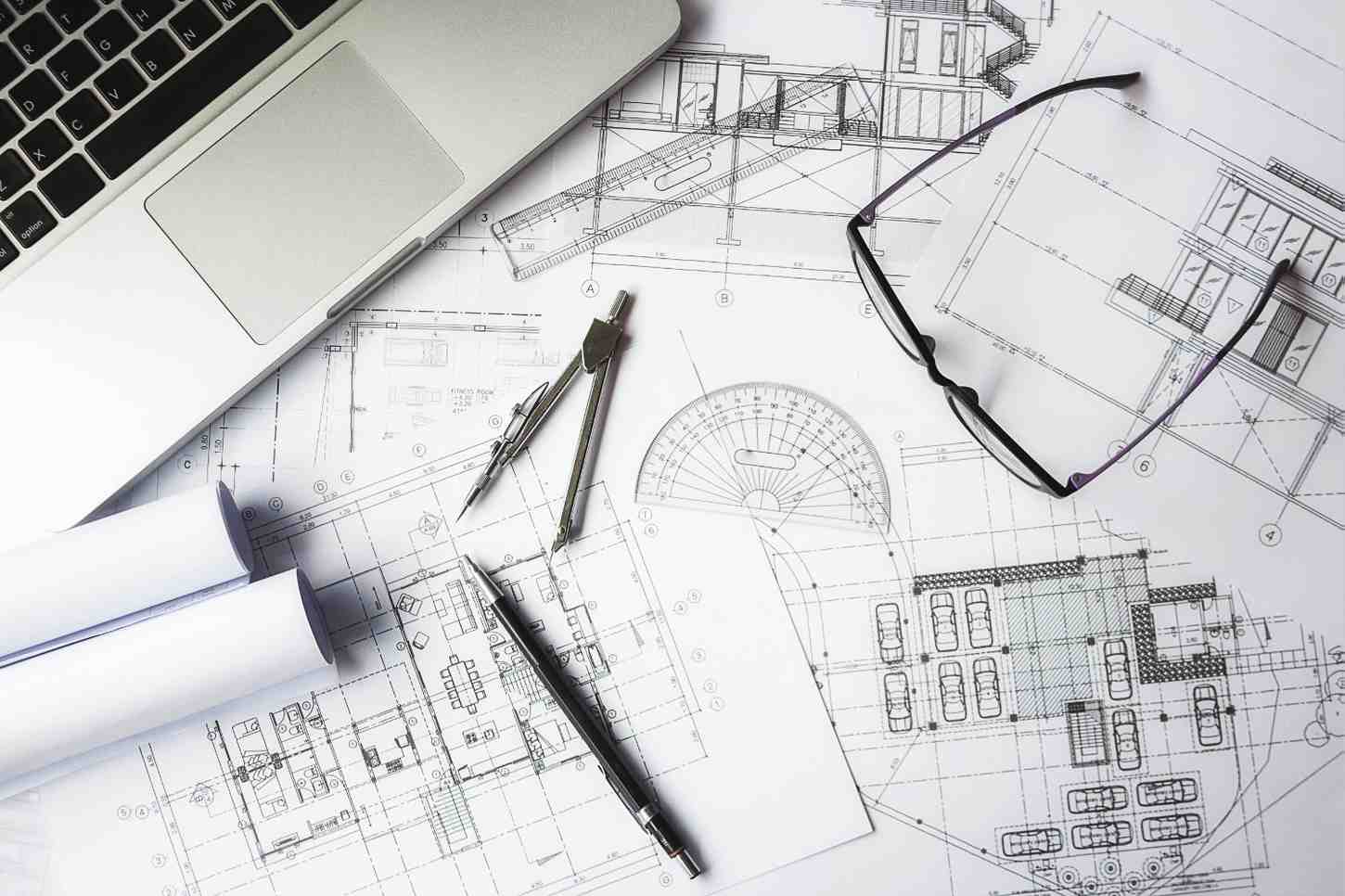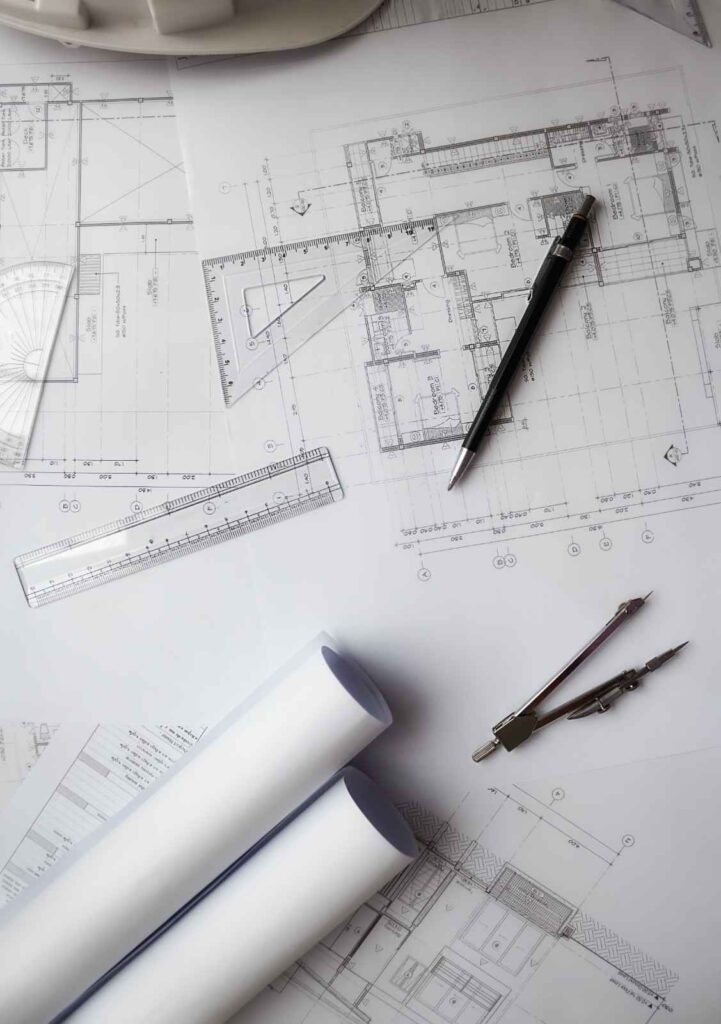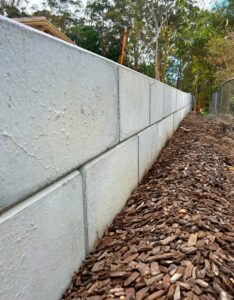Mastering construction blueprints prevents costly errors, delays on projects, and boosts teamwork on Australian job sites. For those new to the construction industry, understanding construction plans can seem daunting. This blueprint reading guide simplifies the process, offering practical steps to help novices confidently interpret construction blueprints for beginners. Whether you’re tackling architectural drawings for a home or technical documents for infrastructure, this guide equips you with essential skills.
What Are Construction Blueprints?
Construction blueprints, also known as construction drawings, are detailed technical plans that outline a project’s design, specifications, and requirements. They ensure the architect’s or engineer’s vision is executed accurately, adhering to Australian standards like AS 1100 for technical drawings. Blueprints are essential for understanding building plans and coordinating tasks on-site.
Blueprints come in several types:
- Architectural: Show floor plans, elevations, and overall design.
- Structural: Focus on load-bearing elements like beams or columns.
- MEP (Mechanical, Electrical, Plumbing): Detail systems like HVAC, wiring, or piping.
Knowing these types is key to construction plan interpretation, whether you’re working on a residential build or a large-scale infrastructure project.

Key Components of a Construction Blueprint
To understand blueprints, you must grasp their core elements. Here’s a breakdown of the main components:
- Title Block: Located in the bottom-right corner, the title block contains project details like the project name, architect’s name, drawing date, and scale. It’s your starting point for context.
- Symbols and Notations: Blueprints use standardised symbols to represent elements like doors, windows, or electrical outlets. For example, a circle with a cross might indicate a light fixture.
- Lines and Dimensions: Different line types (e.g., solid, dashed, or dotted) represent walls, hidden elements, or centerlines. Dimensions provide precise measurements.
- Scale and Measurements: Blueprints are drawn to scale (e.g., 1:100), meaning 1 unit on the drawing equals 100 units in real life. Always check the scale before interpreting measurements.
Mastering these components is crucial for the basics of blueprint reading and ensures you can decode complex building plans.
Step-by-Step Guide to Reading Construction Blueprints
This blueprint reading guide helps beginners confidently navigate construction drawings:

- Review the Title Block: Review the title block in technical documents for project scope, scale, and drawing type. Note revisions, as updated drawings override older ones.
- Identify the Blueprint Type: Determine if it’s architectural, structural, or MEP to focus on relevant details. Structural blueprints often highlight precast concrete elements, like those from InfraBlock.
- Understand the Scale: Use a ruler or scale tool to interpret measurements accurately. Misreading the scale can lead to costly errors on-site.
- Decode Symbols and Annotations: Refer to a symbol legend (often included in the blueprint set) to understand notations. Annotations may include material specifications or construction notes.
- Cross-Reference with Other Drawings: Blueprints are part of a set. Cross-check architectural plans with structural or MEP drawings to ensure consistency.
By following these steps, you’ll build a solid foundation for reading building blueprints accurately.
Tips for Beginners to Master Blueprint Reading
Mastering reading construction plans takes practice, but these strategies can accelerate your learning and build confidence in construction plan interpretation.
Practical Strategies for Blueprint Reading
- Start Simple: Practice with basic residential blueprints before tackling complex commercial plans.
- Use Reference Guides: Keep a symbol cheat sheet or AS 1100 standard guide handy for quick reference.
- Learn from Experts: Shadow experienced contractors or engineers on-site to see how blueprints translate to real-world construction.
Tools to Enhance Blueprint Reading
Digital tools simplify analyzing technical documents like architectural drawings for beginners. Use these apps to improve precision and collaboration:
- AutoCAD: Offers zooming, annotating, and measuring features to interpret complex blueprints accurately.
- Bluebeam Revu: Supports markups and team collaboration, streamlining on-site communication.
- Autodesk Viewer: A free tool to view blueprints on mobile devices, ideal for beginners.
- PlanGrid: Provides real-time access to updated drawings, reducing errors from outdated plans.
Consistent practice, combined with the right tools, will help you confidently navigate construction blueprints.
Common Mistakes to Avoid When Reading Blueprints
Beginners often encounter these pitfalls when learning to understand blueprints:
- Misinterpreting Scales: Always verify the scale to avoid miscalculating dimensions.
- Overlooking Annotations: Notes in the margins or title block may indicate critical changes or specifications.
- Ignoring Cross-Referenced Drawings: Failing to check related drawings can lead to misaligned construction elements.
Staying attentive helps ensure accurate blueprint reading and prevents costly mistakes.
How InfraBlock Supports Your Construction Projects
Accurate blueprint reading is only the start—executing the plan efficiently is key. InfraBlock’s precast concrete solutions, like Counterweight Tie-Down Blocks and retaining walls, are manufactured to meet AS4678 requirements for earth-retaining structures, ensuring durability and compliance with Australian standards. Our precast concrete products offer precision, minimising on-site errors and speeding up timelines. Whether your construction drawings specify foundations or eco-friendly retaining systems, InfraBlock delivers tailored solutions to bring your project to life.
Mastering Blueprints for Construction Success
Learning to read construction blueprints is a critical skill for anyone entering Australia’s construction industry. By understanding blueprint components, following a step-by-step approach, and avoiding common mistakes, you can confidently interpret technical drawings. With practice and the right tools, you’ll be ready to contribute to successful projects, from small residential builds to large infrastructure developments.
Ready to bring your blueprints to life? Contact InfraBlock for high-quality precast concrete solutions tailored to your project’s needs. Call 0478 102 201 or email info@infrablock.com.au to discuss how we can support your next construction project with precision and efficiency.




